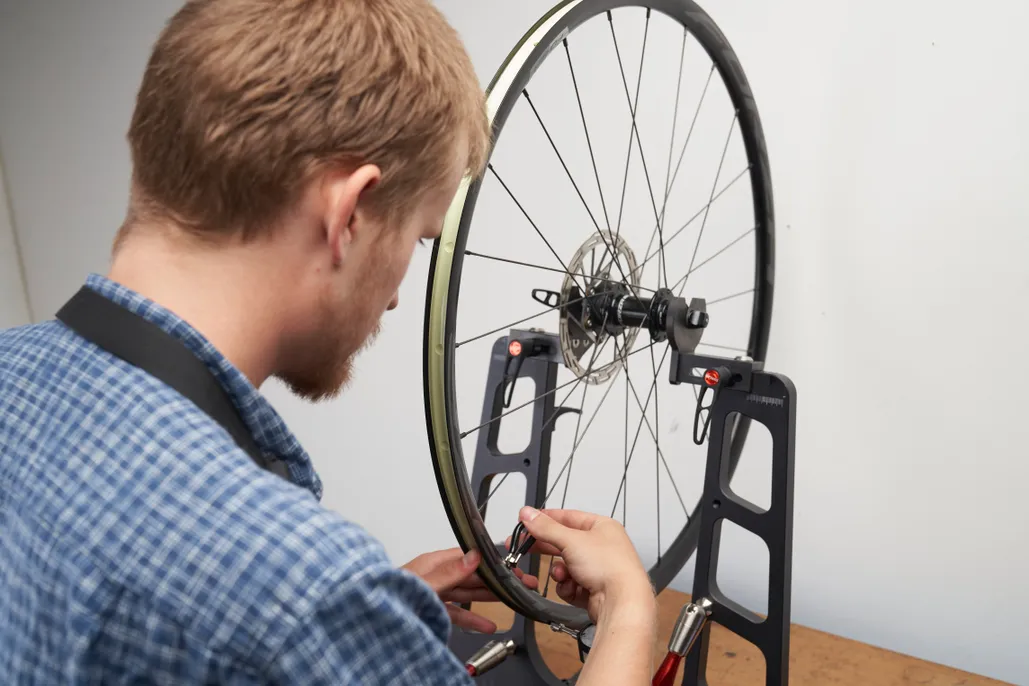zoomacademia.com – Wheels are one of the most fundamental inventions in human history, significantly aiding in transportation, machinery, and various other mechanical applications. From a physics standpoint, wheels offer a practical solution to reducing friction and enabling efficient motion. Let’s explore how wheels work in physics, breaking down key concepts such as forces, friction, rotational motion, and energy conservation.
1. Basic Function of a Wheel: Reducing Friction
At its core, the wheel’s primary advantage is reducing friction between a moving object and the surface it travels over. Without wheels, objects sliding across a surface experience kinetic friction, which requires significant force to maintain motion. Wheels, on the other hand, convert this sliding friction into rolling friction, which is much smaller and easier to overcome.
- Kinetic Friction occurs when an object slides directly against a surface. It resists motion because of the microscopic interactions between the two surfaces.
- Rolling Friction occurs when a wheel rolls over a surface. This resistance is lower because the contact area between the wheel and the ground is constantly changing, and the deformation of the wheel and surface is minimal compared to sliding.
In essence, the wheel allows for smoother and more energy-efficient movement by reducing the overall friction.
2. Forces Acting on a Wheel
Several forces act on a wheel in motion:
- Normal Force: This is the perpendicular force exerted by the surface on the wheel. It acts upward, opposing the weight of the object.
- Weight (Gravitational Force): The weight of the object (and the wheel) acts downward, influenced by the mass of the object and gravitational acceleration.
- Frictional Force: While friction is greatly reduced with a wheel, rolling friction still plays a role. It is the resistance against the wheel’s rotation and forward movement.
- Applied Force: To move an object with wheels, an external force is typically applied. This force causes both linear and rotational motion.
The balance and interaction of these forces help explain how a wheel moves forward while rotating.
3. Rotational Motion: The Core of Wheel Mechanics
Wheels introduce the concept of rotational motion in addition to the usual linear motion. When a wheel rolls, each point on the wheel moves both linearly and rotationally. The wheel’s angular velocity describes its rate of rotation, while its linear velocity describes how fast it moves along a surface.
- Angular Velocity (ω): The rate at which the wheel rotates around its axis, measured in radians per second.
- Linear Velocity (v): The speed at which a point on the edge of the wheel moves in a straight line, measured in meters per second.
These two velocities are related by the equation:
v=ω⋅rv = \omega \cdot r
where:
- vv is the linear velocity,
- ω\omega is the angular velocity, and
- rr is the radius of the wheel.
Thus, the larger the radius of the wheel or the faster it rotates, the faster the wheel moves across the surface.
4. Torque and Rotational Dynamics
In physics, torque is a force that causes rotation. For a wheel, torque is applied at the axle or rim, causing it to rotate about its axis. Torque (τ\tau) is defined as:
τ=F⋅r⋅sin(θ)\tau = F \cdot r \cdot \sin(\theta)
where:
- FF is the applied force,
- rr is the distance from the axis (lever arm), and
- θ\theta is the angle between the force vector and the lever arm.
When a wheel moves, the torque applied at the axle induces angular acceleration, leading to rotational motion. The wheel’s moment of inertia, a property depending on its mass distribution, resists changes in its rotational motion.
5. Energy Conservation in Wheels
Wheels help conserve energy during motion by reducing frictional losses and promoting smoother movement. There are two key types of energy involved in a rolling wheel:
- Kinetic Energy of Translation (Linear Energy): This is the energy due to the linear motion of the object, calculated by:
KElinear=12mv2KE_{\text{linear}} = \frac{1}{2} m v^2where mm is the mass of the object and vv is its linear velocity.
- Rotational Kinetic Energy: This is the energy associated with the wheel’s rotation, given by:
KErotational=12Iω2KE_{\text{rotational}} = \frac{1}{2} I \omega^2where II is the moment of inertia and ω\omega is the angular velocity.
As a wheel moves, both types of kinetic energy contribute to the total energy of the system. A well-designed wheel minimizes energy loss through friction and deformation, making motion highly efficient.
6. Rolling Without Slipping
An ideal wheel rolls without slipping, meaning there is no relative motion between the point of contact on the wheel and the surface it moves over. In this case, the linear velocity of the wheel is related to its angular velocity as described earlier. This condition ensures the energy is conserved efficiently, as no energy is wasted in overcoming sliding friction.
For rolling without slipping, the following condition holds:
v=ω⋅rv = \omega \cdot r
If this condition is violated, the wheel may either skid (too much linear velocity) or spin (too much angular velocity), both of which increase energy loss through friction.
7. Real-World Applications of Wheels in Physics
The physics behind wheels plays a crucial role in various real-world applications:
- Vehicles: Cars, bicycles, and motorcycles utilize the principles of rolling motion, friction reduction, and energy conservation to move efficiently.
- Machinery: Gears and pulleys use wheels to transfer rotational motion, often with reduced friction.
- Engineering: Engineers use the concepts of torque, rotational inertia, and energy transfer to design efficient systems involving wheels.
Conclusion
Wheels are a marvel of physics, allowing us to convert difficult-to-overcome sliding friction into manageable rolling friction. They leverage forces, torque, and energy conservation principles to achieve efficient movement. By understanding the physics behind wheels, we can appreciate how this simple yet powerful invention has revolutionized transportation and machinery throughout human history.







